The entrance to the Tokyo Station Gallery is right next to the main concourse of the station, which handles over a million passengers a day. Fortunately for me, most of them hadn’t found their way inside the gallery the day I visited.
And for once, I was travelling light myself. I brought little baggage in the way of knowledge or expectation of the artist Léonard Tsuguharu Foujita (1886-1968).
The large, arty photos of him on the posters outside, however, alerted me to a few things. Here was a man who seemed to have crafted a careful self-image. His name—the surname changed from Fujita to Foujita to seem more French-like—suggested a cosmopolitan outlook. And he liked cats.
The “Fondation Foujita” calls him “An unclassifiable Franco-Japanese artist”. WikiArt, on the other hand, where you can find over 160 of his works, classifies him under “magic realism”. I’m familiar with the magic realism of Latin American literature, but I’m not sure I found that term helpful to describe Foujita’s work.
During the exhibition, I absorbed something about Foujita’s background and eventful life. He was married five times, and it seems to me he owed a huge debt, in different ways, to each of his wives as models, travel companions or dealmakers. He travelled extensively and settled in Paris, where he became something of a celebrity, before heading back to Japan in the 30s, where he rekindled his interest in Japanese culture.
Following a commission from the Japanese government, he produced an interesting film depicting life in the rural areas of Japan—a life even then seen as disappearing. Despite its official origins, it feels more like an information work rather than propaganda.
But this is harder to say about his later role as a war artist “embedded”, as we’d say now, with Japanese forces. After the war, he was denounced as a fascist for his collaboration with the wartime regime, and his career suffered. He decided to leave Japan again and settled in Europe. He died in Switzerland.
You can read more about his colourful life here.
This exhibition, titled “Foujita: Painting and Photography”, wasn’t intended as a blockbuster exhibition of his most popular works. The curators’ aim was to “recontextualise his art by exploring his relationship to photography.” Their focus was on three topics, which I will use to structure my own comments.
A painter created by painting and photography
Foujita was driven by ambition, and it was in Europe that he wanted to succeed, moving to Paris in 1913: “They predicted I would become Japan's greatest painter, but I dreamed of being Paris's greatest painter instead. I needed to go back to basics…”
He not only worked at his painting but also cultivated his image in a way that feels very familiar in our age of celebrity and influencers. He painted many self-portraits, often with his work in the background. He had his photo taken by talented photographers, again with his work in the background. The not-so-subtle message was: Look at me, I’m an artist.
Some of his self-portraits also display his other work in the background.
The curators made this note on his style: “His paintings are often recognisable by the ‘grand fond blanc’, a distinctive milky white background that gives his works a unique luminosity.” Apparently, Foujita kept secret his technique for making this white background, but it was later discovered he used baby powder and white paint mixed together to get the unique effect.
I certainly enjoyed the effect he produced in this work from 1918:
Painting created by photography
There were numerous examples of paintings made from photos in the exhibition. I can’t share them, as photos were prohibited at the exhibition as usual in Japan, and many of these works don’t seem readily available online.
I found his paintings taken from photographs rather awkward. This was true in the portrait of Dutch Girls, 1955. I can’t show you that, but you can get an idea of where his stylised work was heading from the 1955 painting below. Critics have talked of the dreamlike feel of his paintings and the expressive large eyes of some of those painted.
My own take was that he seemed to have issues in getting faces right—they were becoming mask-like even in those taken from photos. And his treatment of hands often seemed rather lacking in grace.
I prefer his slightly more realistic images, such as this:
Foujita travelled a great deal. But to be honest, many of his paintings from his travels—South America, Mexico, and China—seemed to lack much sense of a story or moment. They felt like a tourist’s casual ethnography. But Two women in Rio de Janeiro (1932) is different, showing a moment captured in time:
Having enjoyed earlier atmospheric paintings of scenes like the Porte d’Arcueil, I was disappointed in later efforts like this Parisian scene, Le Quai aux Fleurs, 1950:
For me it has a postcard-like quality and lacks the atmosphere or mood of the earlier one.
Photography created by a painter
Foujita owned a number of cameras, including a Leica, and took them everywhere, including on his intercontinental travels. In general, his travel photos didn’t seem to rise far beyond those of an observant but diffident tourist. There was no knowledge or context on display. The photos’ titles, such as “People in Latin America” or “People from the Andes region”, seem to elide identities. This part of the exhibition, to which a lot of space was dedicated, lacked real weight for me. Perhaps I was not the only one travelling light.
One photographer, Ihei Kimura, has said he used colour photography like he used paint. It crossed my mind that the opposite might also be true.
To be honest, I found the photos of Foujita more interesting and more likely to endure than the ones he took himself. As I haven’t been able to show you many of the latter, you’ll need to trust me on that until you can find a collection of his photos to view!
And among the wide range of his paintings, some of which certainly command attention, it’s possible that he will be best known for his self-portraits.
And, of course, there are the cats.
PS The English Republic of Letters will be taking a summer break from publishing new essays for the next two weeks. However, the borders will remain open, and I will give an airing to a couple of older posts. Please browse at your leisure. Thank you, as ever, for visiting!








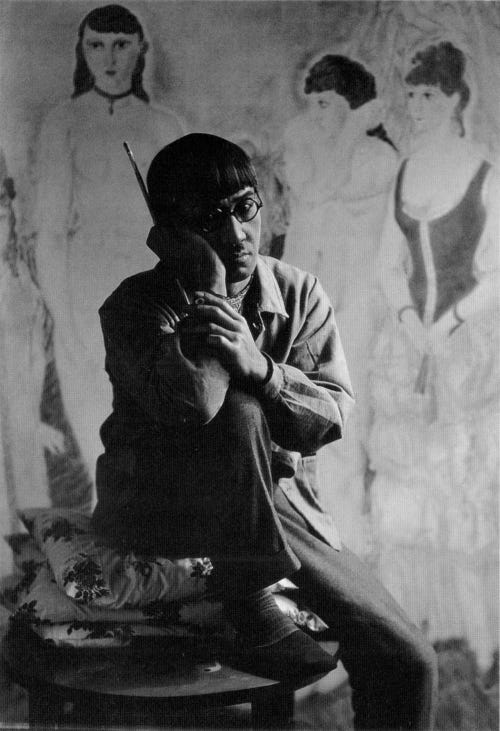
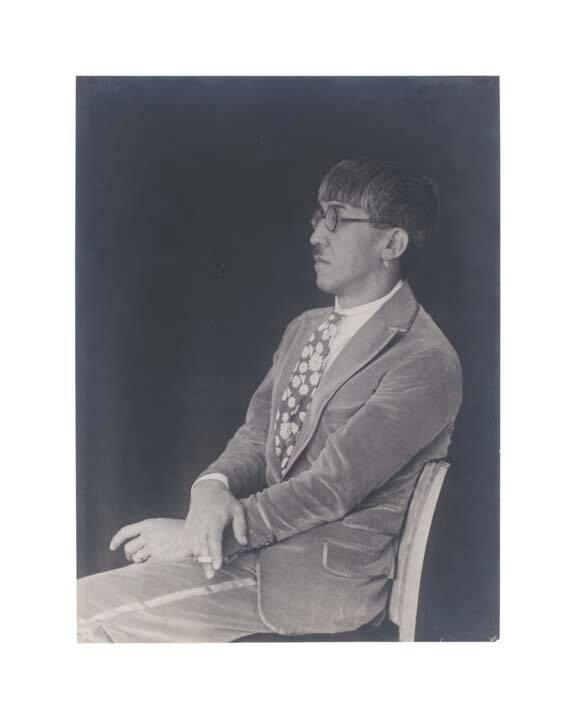
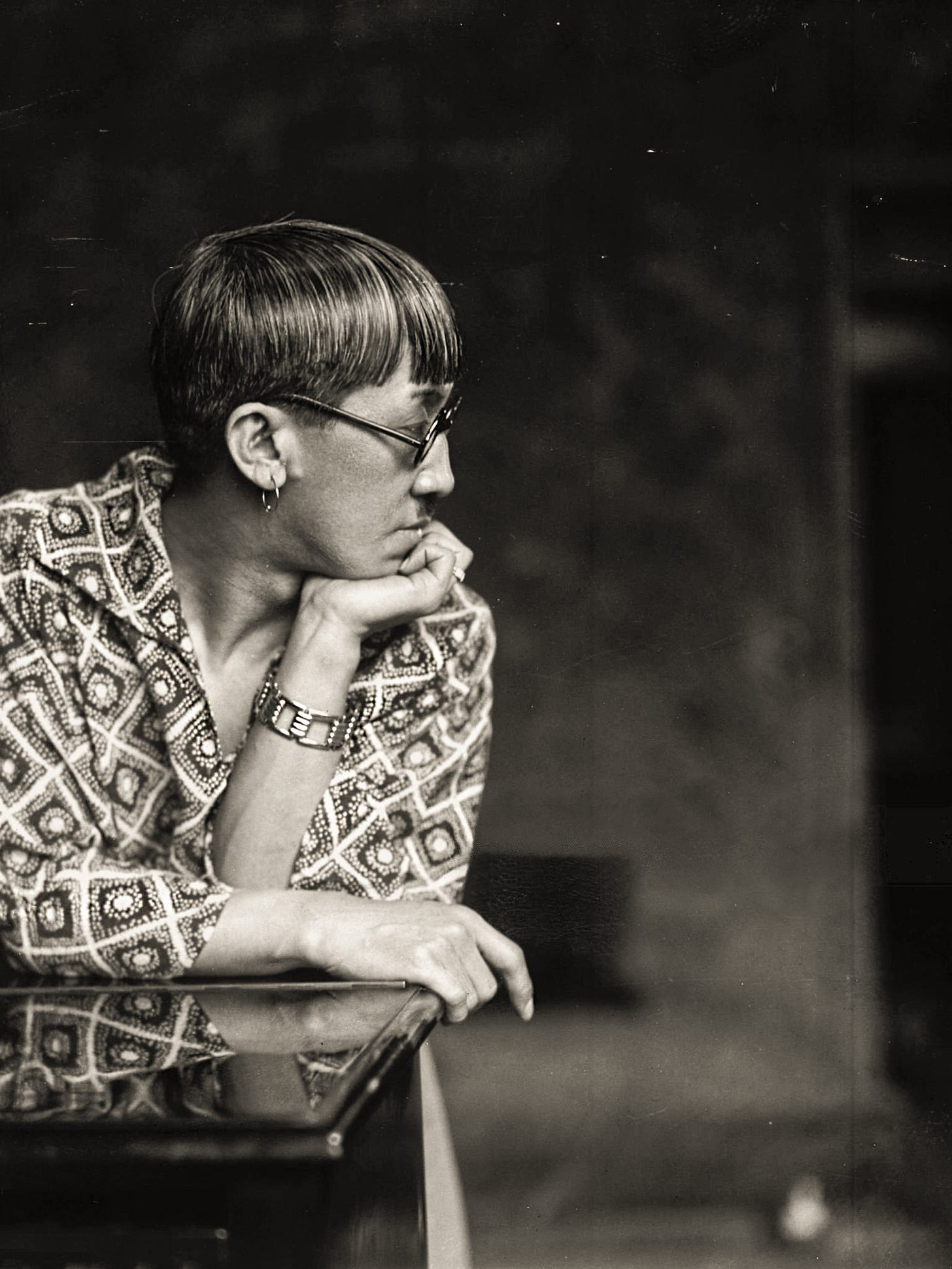
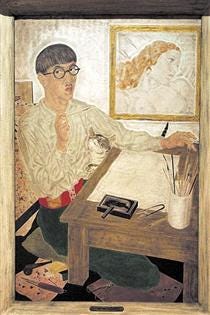
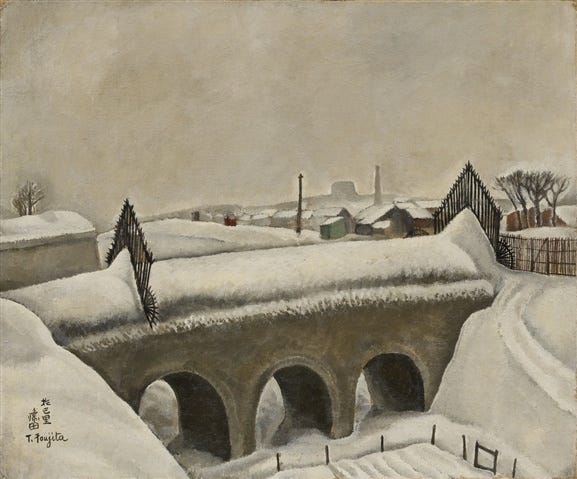
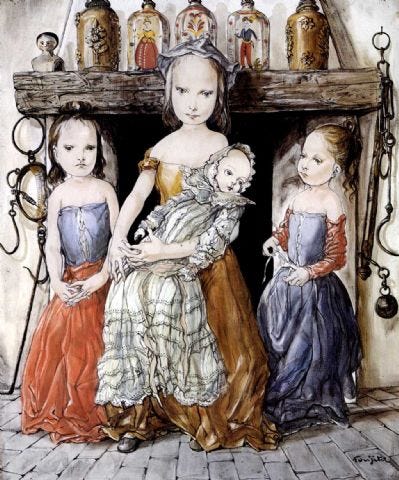

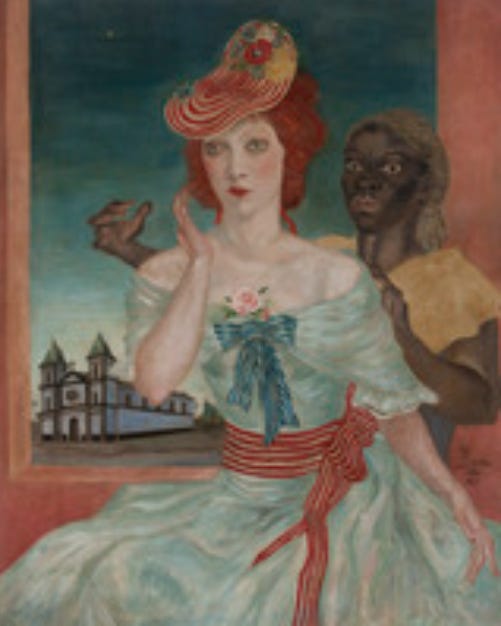
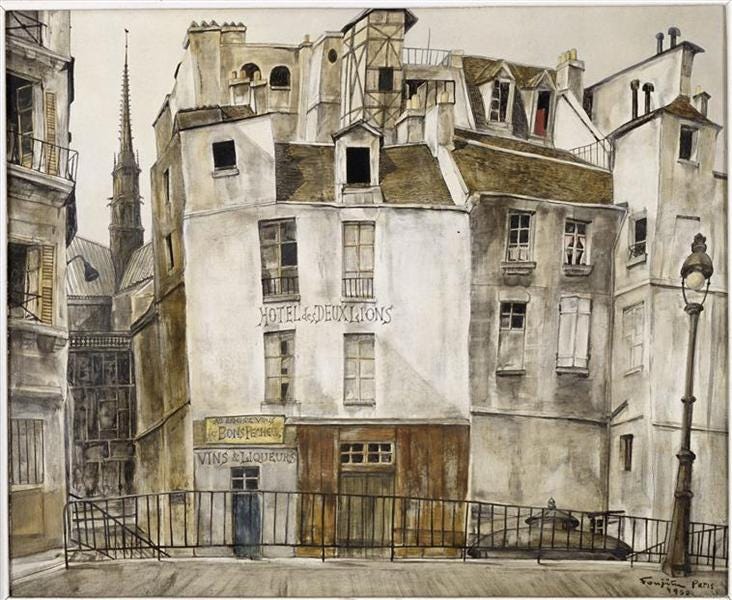
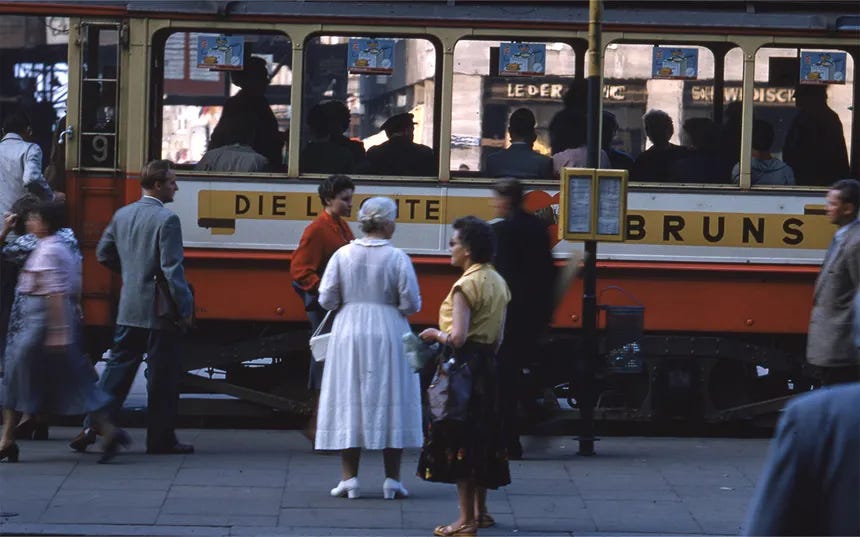


Oh I like the snowy scene from 1918... you can almost hear that deadened snowscape sound.
Also, "And his treatment of hands often seemed rather lacking in grace." - a statement somehow equal parts kind and cutting. Well done, Jeffrey.
I must admit I did not know of this painter-photographer. His ambition or desire to become Paris's greatest painter (or really of anything) was lofty indeed. I noticed one of the photographs was by Berenice Abbott, one of the best of the best of her time (one of my friends was Abbott's last apprentice; wonder how the two of them met). I had the same impression as Mary about "Girls with a Doll": Wednesday Addams. (I wonder what the seeming fascination is with dolls in Japan.) There is a lot to notice in that piece, such as the dolls (?) in the glass jars on the mantle and the faces. I agree with you, Jeffrey, that the self-portraits are the more interesting of what you're able to show us. I appreciate that you write an honest opinion of an exhibition like this, rather than accepting what curators indicate. Do have a great vacation.